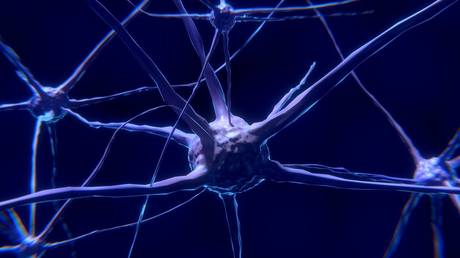
With most things in life, timing is everything, and new research has uncovered the part of the brain responsible for the volume and duration of verbal sound, which may improve our understanding of socially dysfunctional behavior.
In a study led by Scripps Research, scientists uncovered a node in the brains of male mice which modulates the sounds they make in social settings, particularly in courtship rituals with females.
“Identifying this node gives us signatures of what to look for when human behavior goes awry,” says Lisa Stowers, a neuroscientist and professor at Scripps Research who led the study.
“It’s giving us clues to how information is organized in the brain, and how different features of information can be separated out in different brain regions.”
Male mice produce ‘songs’ to attract a mate, though they are ‘sung’ at a range beyond human hearing. These songs become louder, longer and more intense in close proximity to female mice.
The researchers pinpointed a specific neuron in the lateral preoptic area of the hypothalamus in the mouse brain which controls the emotional regulation of these high-pitched love ballads.
The hypothalamus is typically associated with regulating behaviours such as hunger, thirst, temperature control and, importantly, the fundamental drivers behind sex and fear.
The emotional aspect of the mouse ballads was found to be generated in this region of the brain, and by tinkering with this and surrounding nodes attached to specific neurons, the researchers could ‘produce’ the male mouse ballads.
For example, when they blocked the nodes, the male mouse would remain silent which, in turn, would create high degrees of anxiety in the female mice who responded by kicking the dumbfounded would-be suitors.
In sharp contrast, when the researchers activated the very next node down, the male mice would emit long, loud ‘screams.’ Equally uncomfortable for a potential mate.
“By finding these neurons, it’s telling us that this part of the brain is doing this emotional scaling and persistence. If you take that away, then you lose all of that affect, all of that emotional range, and the ability to have effective social communication,” Stowers says.
Exploring how exactly emotion scales in common modalities of communication – in this case song, though speech would function similarly – is key to improving our understanding of social dysfunction in humans, especially in people living with autism or depression.
Think your friends would be interested? Share this story!




